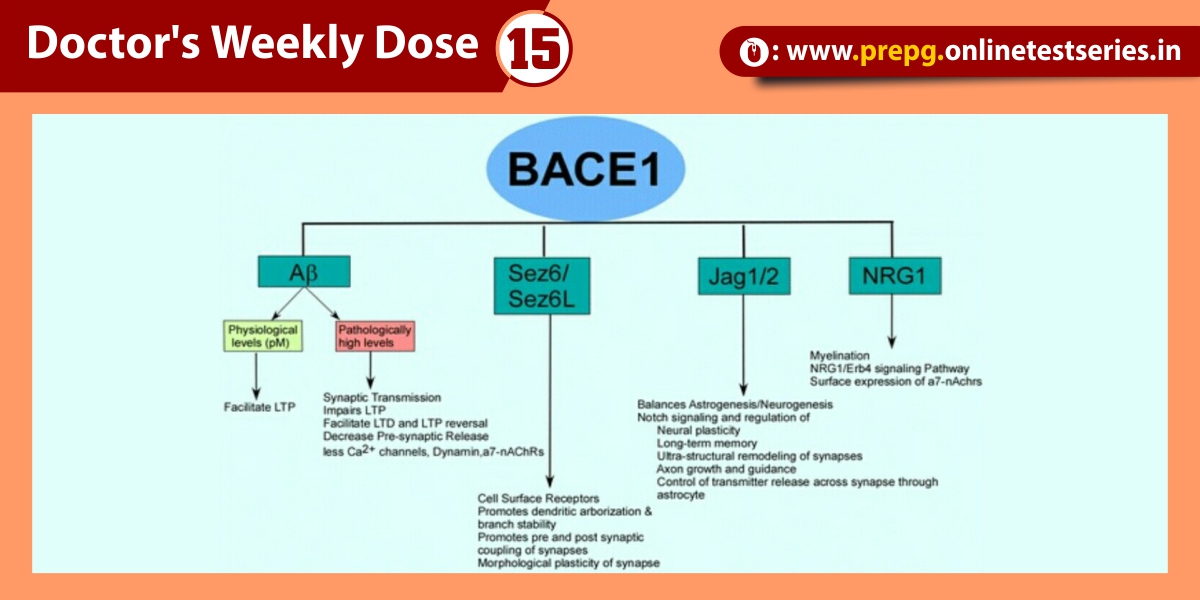While catalysis by aspartic proteases involves the direct hydrolytic attack of water on a peptide bond, catalysis by the serine protease chymotrypsin involves the formation of a covalent acylenzyme intermediate. A conserved seryl residue, serine 195, is activated via interactions with histidine 57 and aspartate 102.
While these three residues are far apart in primary structure, in the active site of the mature, folded protein they reside within bond-forming distance of one another. Aligned in the order Asp 102-His 57-Ser 195, this trio forms a linked charge-relay network that acts as a “proton shuttle.”
Binding of substrate initiates proton shifts that in effect transfer the hydroxyl proton of Ser 195 to Asp 102. The enhanced nucleophilicity of the seryl oxygen facilitates its attack on the carbonyl carbon of the peptide bond of the substrate, forming a covalent acyl-enzyme intermediate. The proton on Asp 102 then shuttles via His 57 to the amino group liberated when the peptide bond is cleaved. The portion of the original peptide with a free amino group then leaves the active site and is replaced by a water molecule. The charge-relay network now activates the water molecule by withdrawing a proton through His 57 to Asp 102. The resulting hydroxide ion attacks the acylenzyme intermediate, and a reverse proton shuttle returns a proton to Ser 195, restoring its original state. While modified during the process of catalysis, chymotrypsin emerges unchanged on completion of the reaction. The proteases trypsin and elastase employ a similar catalytic mechanism, but the numbering of the residues in their Ser-His-Asp proton shuttles differ.
Steps:-
- Polypeptide Substrate binds noncovalently with side chains of the hydrophobic pocket.
2.H+ is transferred from Ser to His. The Substrate forms a tetrahedral transition state with the enzyme.
3.H+ is transferred to the C-terminal fragment, which is released by cleavage of the C-N bond. The N-
terminal peptide is bound through acyl linkage to serine.
4. A water molecule binds to the enzyme in place of the departed polypeptide.
5. The water molecule transfers its proton to his 57 and its -OH to the remaining substrate fragment. Again a tetrahedral transition state is formed.
6. The Second peptide fragment is released: The acyl bond is cleaved, the proton is transferred from his back to Ser and the enzyme returns to its initial state.















